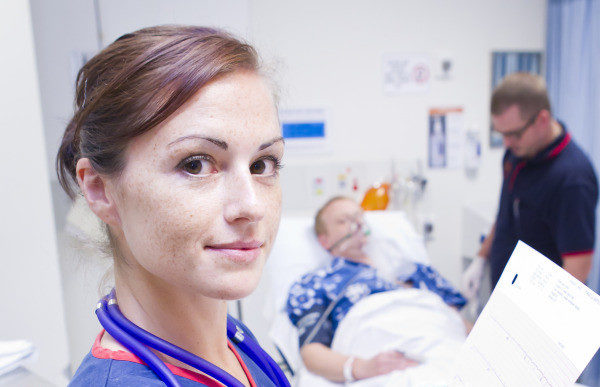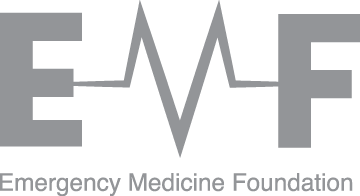
Training key to patient safety in ED
Emergency medicine researchers at the Gold Coast University Hospital have shown training is just as effective as the latest technology when it comes to patient safety through best practice patient identification.
The finding was made by a research team led by Gold Coast University Hospital Emergency Department Deputy Director and Staff Specialist, Dr David Spain.
EMF awarded Dr Spain a Queensland Research Program grant, which was fully funded by the Queensland Department of Health.
According to Dr Spain: “In a fast-paced emergency department it is easy for medical staff to incorrectly identify patients, which can lead to fatalities if the patient receives the wrong diagnosis or treatment.”
In an effort to improve patient safety, the team compared the benefits of using new barcoded patient armbands and barcode readers (which included voice prompts) compared with educating staff in best practice processes for accurately identifying patients
They found that during the time the trial ran, there was no significant difference between education alone versus education and the arm-banding barcoding system.
Dr Spain said further research was needed to find out the long-term implications.
“However, significant financial savings could be made by just properly educating staff on best practice for patient identification.
“Importantly, we ran this study because we’d identified poor patient identification skills by doctors and nurses in what we assumed was a very basic skill.
“In the pre-phase part of the trial, when we were not educating staff, we showed incredibly poor baseline skills. That level was scary and prompted us to look at how we could improve that longer term.”
The project led the Gold Coast University Hospital to include new education components for patient identification in its nursing competencies and medical orientation programs, with clinical leads in the department also regularly emphasise this by example.
In addition, some of the education components were incorporated into a Queensland-wide nursing education package.
The research was published earlier this year in the Journal of Emergency Medicine Australasia.
Read the journal article
SHARE



